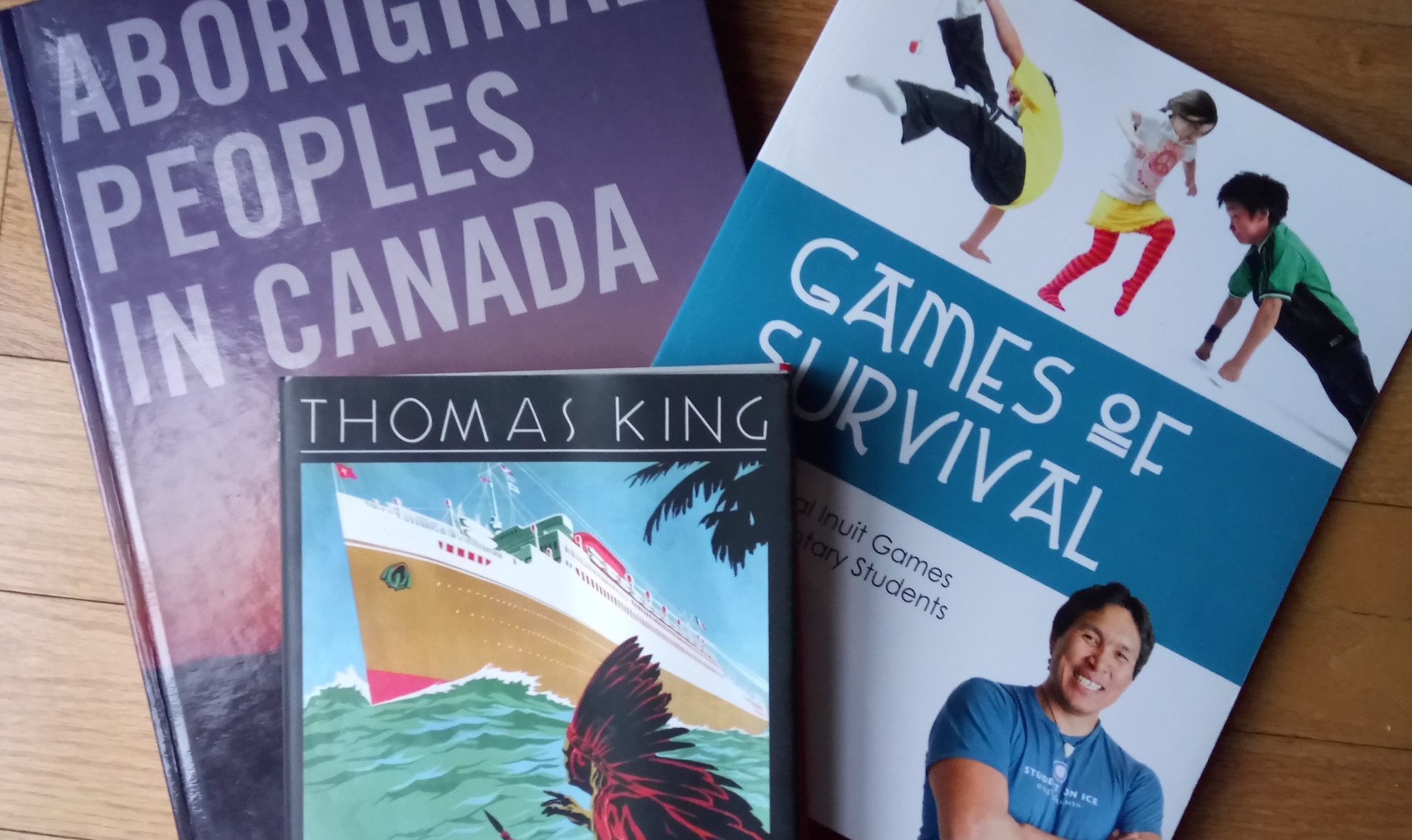On February 17 at 7pm ET, the Native Knowledge 360° Teacher Workshop Series will feature author Joanne Robertson (AnishinaabeKwe). If you have read my blog or newsletter before you know I’m a HUGE fan of Joanne and her beautifully illustrated book The Water Walker.
Joanne will be interviewed by Dr. Debbie Reese (Nambé Owingeh), founder of American Indians in Children's Literature (a site that I visit frequently when choosing resources for my teaching).
Here’s a full description of this webinar from their website:
Dr. Debbie Reese (Nambé Owingeh), founder of American Indians in Children's Literature, will lead a discussion with Joanne Robertson (AnishinaabeKwe), the artist and illustrator of the award-winning children's book Water Walker. They will discuss the book as a classroom tool to deepen student knowledge of Indigenous women's roles and their contributions to environmental issues. Recommended for teachers of grades 2 and up.
This series is from the National Museum of the American Indian, which is associated with the Smithsonian in the USA.
Click here to register for this free webinar
More resources about Nokomis, Joanne, and The Water Walker:
Here’s a short write-up I did about The Water Walker for a contest I ran years ago.
I really love this book and the relationships students are making with bodies of water near them as a result of the Junior Water Walkers Program. I firmly believe this sort of relationship building with one another and with the world around us is the way forward.
